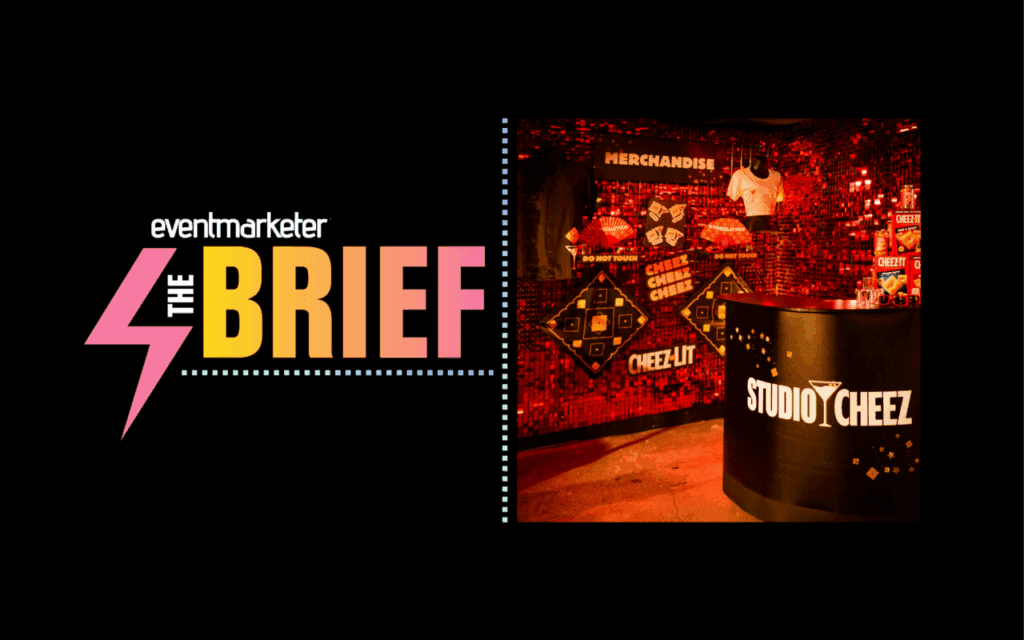Being able to engage users who see your display ads is obviously a good thing. A recent study conducted by Eyeblaster, Microsoft Advertising and comScore confirms this hunch by finding that campaigns with a high “Dwell” saw three times as much brand-related keyword searches and 69 percent more traffic compared with campaigns with low “Dwell.”
“Engagement is the third dimension of online advertising, beyond the traditional reach and frequency,” notes Ariel Geifman, research analyst at Eyeblaster. “While the theory behind the benefits of interactivity and engagement are clear, Eyeblaster recognizes the need for empirical evidence that engagement metrics do affect brand effectiveness metrics.”
The key question is: What is dwell? “Dwell, in its most basic sense, is the level of active engagement with an ad,” according to the report, which goes on to explain that “Total Dwell = Dwell Rate x Dwell Time.”
Dwell rate is the “number of impressions that were dwelled upon out of all impressions” while dwell time is the “average duration spent dwelling/actively engaging on the ad.”
After looking at 800 rich media campaigns, the companies looked at 10 campaigns from the low dwell group and 10 from the high dwell group and compared them.
The study found that those who were exposed to low-dwell campaigns were 12 percent more likely to use branded search terms, compared to 39 percent for those exposed to high-dwell campaigns.
Campaigns with low-dwell campaigns led to a 10 percent boost in site traffic, compared with a 17 percent boost for campaigns with high dwell.
High-dwell campaigns led to a 125 percentage point boost in page views per visitor, compared to 83 percent for low-dwell campaigns.
The average total dwell across all ads served by Eyeblaster during January through June 2009 was 4.6, with the average dwell rate at 8.7 percent and the average dwell time at 53 seconds.
The entertainment vertical boasted the highest total dwell at 9.1, followed by telecom with 5.8, financial with 5.6, retail with 4.6, apparel with 4.5, automotive with 4.3, gaming with 4.3, government/utilities with 4.2, technology with 3.9 and health & beauty with 3.8.
According to the study, there is no visible correlation between total dwell scores and click-through rates. While video strip ads had total dwell of 8.8, it lagged behind floating ads, which only had a total dwell score of 1.3, but boasted click-through rates of nearly 9 percent.
The findings of the study offer brand advertisers the following rules, according to the study:
- “Online brand advertising should be planned and executed distinctly from direct response.
- “Focus on creativity in advertising to drive engagement and build brand.
- “Use rich media to make full use of the creative opportunities available online.
- “Use dwell scores instead of click-throughs to measure brand campaign success.”
Sources:</strong
http://creativezone.eyeblaster.com/Blog/?p=1334
http://www.mediapost.com/publications/?fa=Articles.showArticle&art_aid=127677
 Network
Network

